At exactly 12.30 p.m. on 20 December, some 20 kilometres west of Berne, the on-duty technicians in the control room of the Mühleberg nuclear power plant will press two buttons. Control rods will be inserted into the reactor and the nuclear chain reaction stopped. After 47 years in operation, Mühleberg – the second oldest of Switzerland’s four nuclear power stations – will then be off the grid for good.
This will not yet allay the risk of a nuclear accident, but within three days of the switch-off the temperature and pressure inside the reactor will have dropped to such an extent as to preclude an explosion. Nevertheless, a devastating meltdown will theoretically still be possible. Independently operated, earthquake-proof cooling systems are designed to prevent this from occurring.
The 15-year process of decommissioning will begin on 6 January 2020. First, the highly radioactive fuel elements will be moved from the reactor to the adjacent storage pool, where they will stay for a few years to cool down before being transported bit by bit to the interim storage facility for radioactive waste in Würenlingen (canton of Aargau). This will be done by 2024. However, Mühleberg will not be completely free of radiation until 2031. Before then the parts of the plant with a low level of radioactivity will also have to be removed in addition to building debris. The decommissioning should then be fully completed by 2034. Whether this piece of the land by the River Aare is returned to green meadow remains to be seen.
Low electricity prices make nuclear energy uneconomical
It was for economic reasons that the Bernese energy group BKW decided in autumn 2013 to shut down the Mühleberg nuclear power plant. Low prices on the electricity market and the high cost of necessary upgrades meant that continuing with the plant simply made no sense. Building a new reactor was no longer an option either, with the Federal Council having introduced a moratorium on new nuclear plants and approved the transition towards renewable energy following the 2011 Fukushima reactor disaster. News that nuclear power would be phased out came as a shock for the 300 or so workers at Mühleberg. Yet most of these staff remained on board and are now giving the last rites to a technology that they used to regard as having a future.
BKW is entering uncharted territory in this, the first-ever decommissioning of a Swiss power reactor. By moving quickly to acquire a number of German companies specialised in nuclear technology and radiation protection, it has equipped itself with the necessary expertise. The group hopes to gain valuable experience from dismantling Mühleberg, because the decommissioning of nuclear power plants could well gain traction abroad. Germany intends to phase out nuclear power completely by 2022, while plant closures are also on the agenda in other European countries.
Waste remains hazardous for hundreds of thousands of years
It will cost 927 million francs for BKW to decommission Mühleberg. Added to this is over 1.4 billion francs for the interim and subsequent final storage of radioactive waste. However, it will be decades before an appropriate deep repository is built. Until then, high-level waste from all Swiss nuclear power plants will be stored at the Würenlingen interim storage facility in steel containers weighing up to 140 metric tons. Each of these vessels will contain almost 20 metric tons of highly radioactive material that will remain hazardous for hundreds of thousands of years unless new ways are found to significantly reduce the radioactive decay time.
For almost half a century, the National Cooperative for the Disposal of Radioactive Waste (Nagra) has been looking for a suitable site to build a final repository deep below ground. According to the Nuclear Energy Act, disposal in deep geological repositories is the only way to protect humans and the environment from radioactive contamination in the long term. Three potential locations are currently in the running: Jura Ost in Bözberg in the canton of Aargau, Nördlich Lägern in the cantons of Aarau and Zurich, and Zürich Nordost on the Zurich side of the Zurich/Thurgau cantonal border. By 2022, test drilling will have revealed which place merits further consideration. The approval process will also be put to a popular vote – probably in 2031. Switzerland’s final repository should then be ready by 2060.
Other countries also lack final repositories for high-level radioactive waste. Work to build the world’s first-ever deep geological repository in Olkiluoto, Finland, has been ongoing since 2016. This new facility is due to begin operations in 2024. France is planning to build a final repository in the eastern department of Meuse, which will receive highly radioactive, spent fuel-element waste from France’s 60 or so nuclear power plants. Low- and intermediate-level waste repositories exist in Finland, Sweden, South Korea, and Hungary.
No nuclear revival
Mühleberg is one of five nuclear power stations around the world that will have been switched off by the end of the year. At the same time, nine new reactors – seven in China – have been connected to the grid. Nevertheless, fewer new installations are being built, according to the latest World Nuclear Industry Status Report. Whereas 68 projects were under construction in 2013, only 46 were ongoing in mid-2019. Experts believe that this is not enough to sustain nuclear energy in the long term. Despite having a positive carbon footprint, nuclear power is of little use as a means of fighting global warming, they say. Not only is nuclear the most expensive type of energy, it is also the slowest. Building a new nuclear power plant takes five to 17 years longer than installing a solar or wind power plant that would deliver the same output. Yet the Intergovernmental Panel on Climate Change believes that the next ten years will decide whether the goals of the Paris climate agreement can be achieved.
Beznau – aged 50 and still running
Switzerland’s oldest nuclear power station in Beznau (canton of Aargau) will turn 50 at the end of year. Unlike BKW, the plant operator Axpo is still committed to nuclear power. The Aargau-based energy group wants to continue running the two reactors on the banks of the River Aare for a further ten years and has invested 700 million francs on upgrades in recent years. Axpo calculates that some 300 million metric tons in CO2 emissions have been saved in Beznau alone – compared to the average emissions of a brown-coal power station. Besides Beznau, the Gösgen nuclear power plant (on the grid since 1979) and Switzerland’s youngest and most powerful nuclear power plant in Leibstadt (1984) continue to be connected to the grid. Nuclear power accounts for around one third of Swiss energy production.

![[Translate to en:]](/fileadmin/_processed_/9/e/csm_maggi-flasche-geneigt_d99b6f4bac.jpg)
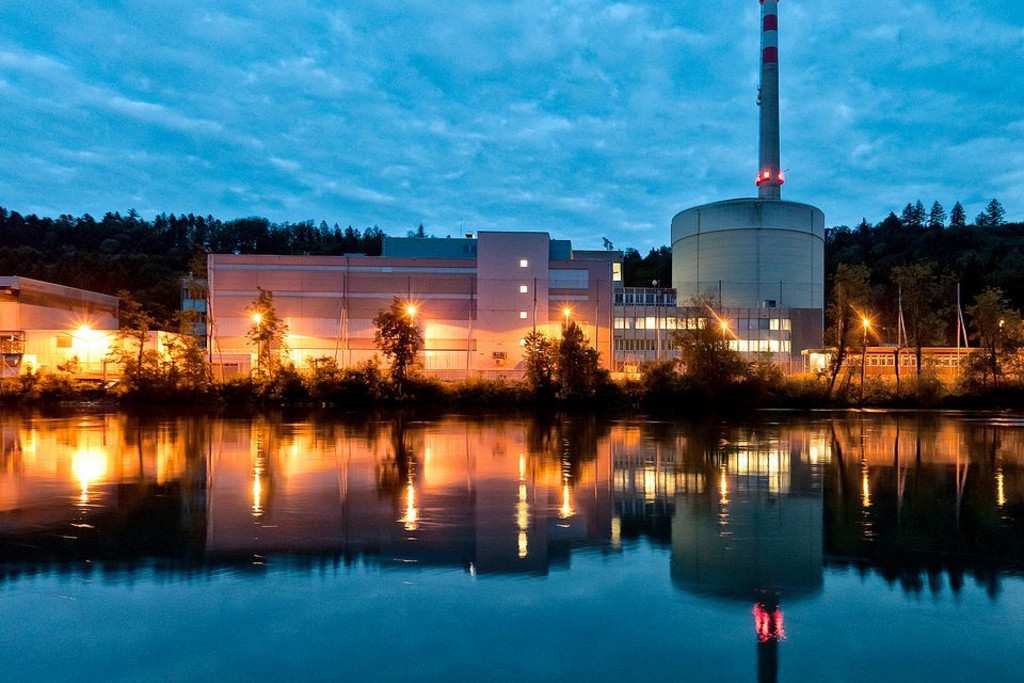
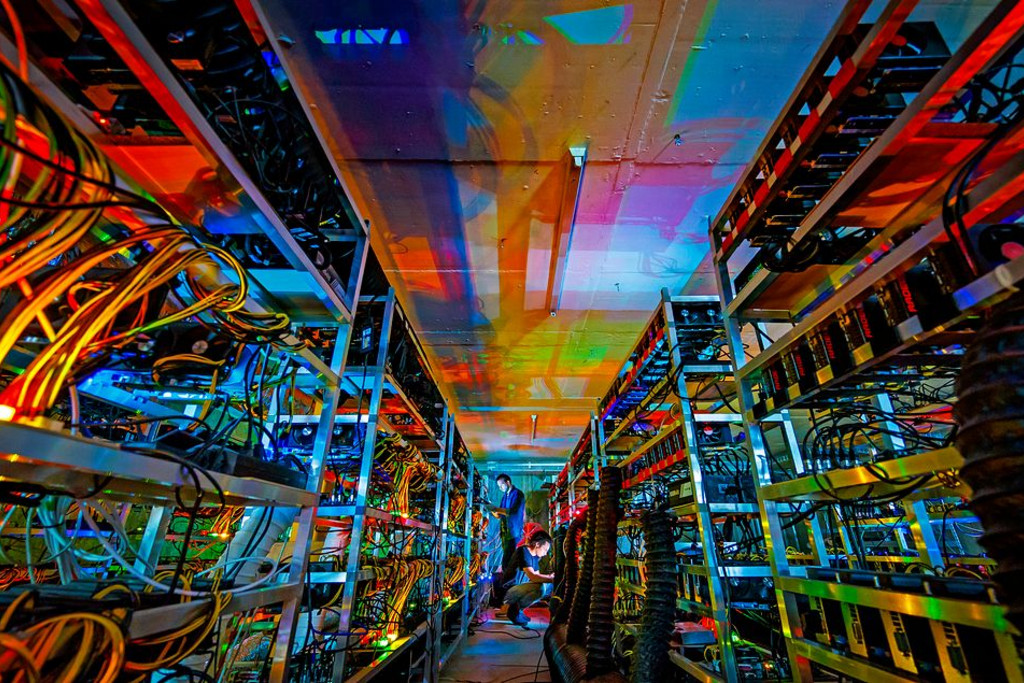
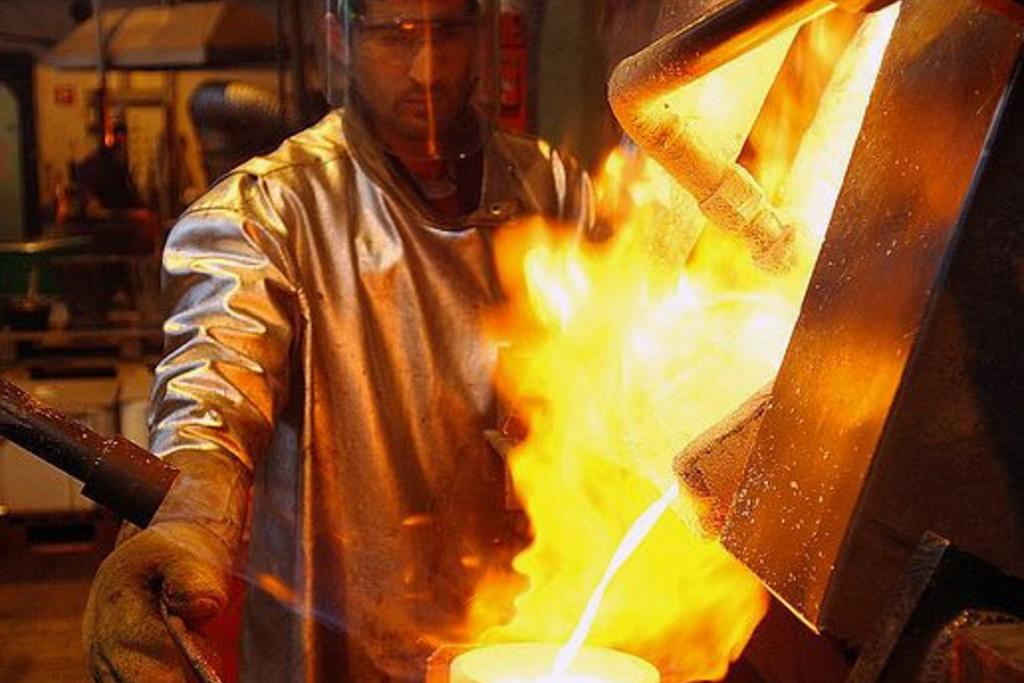
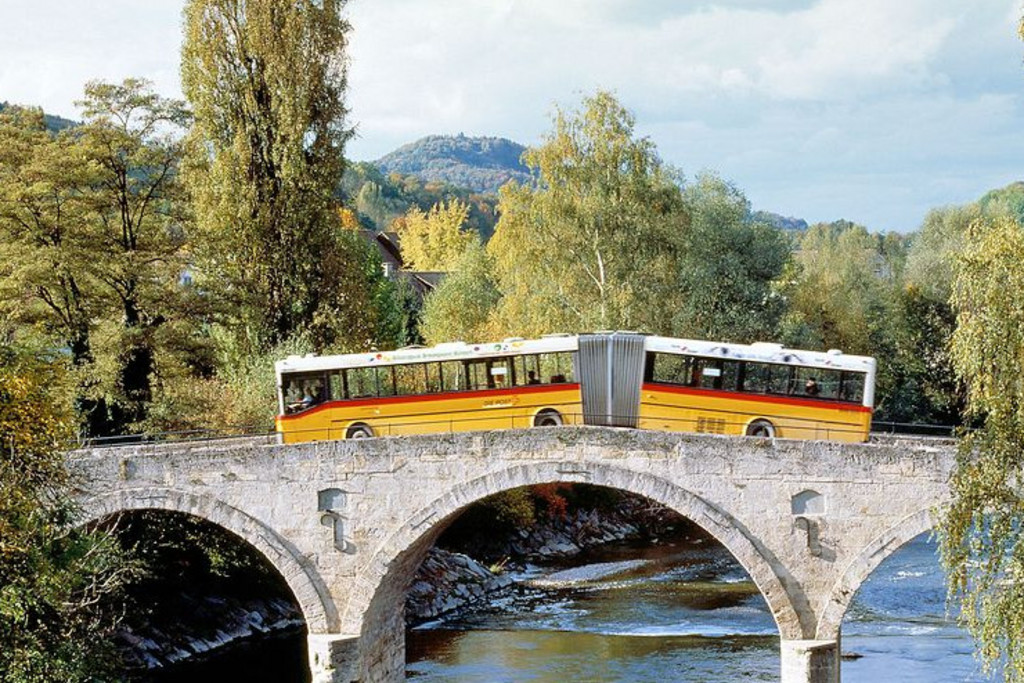
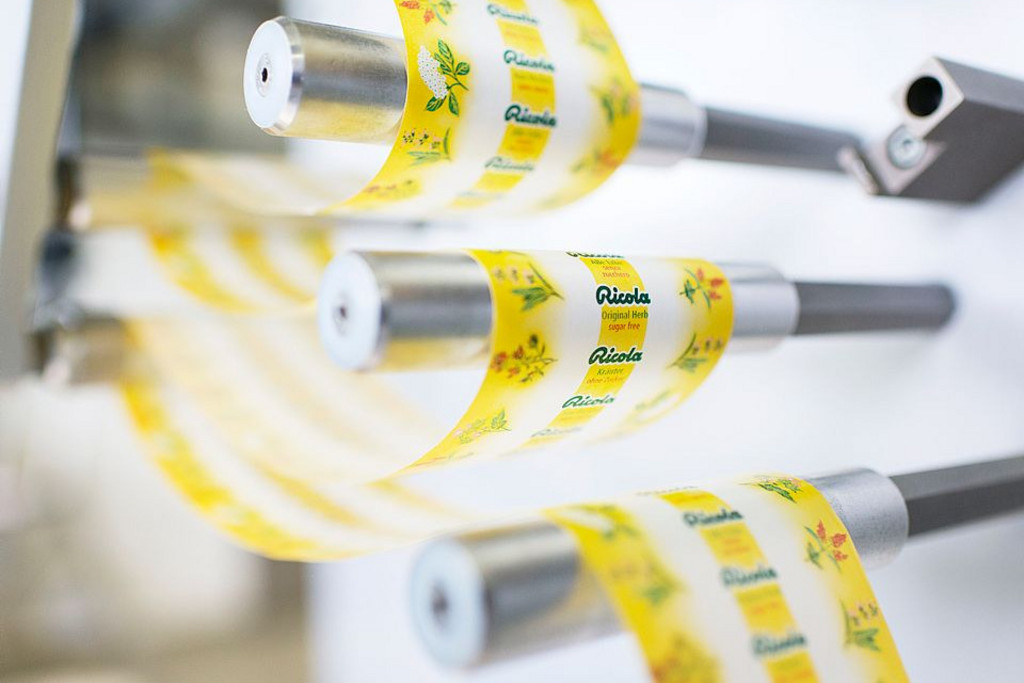
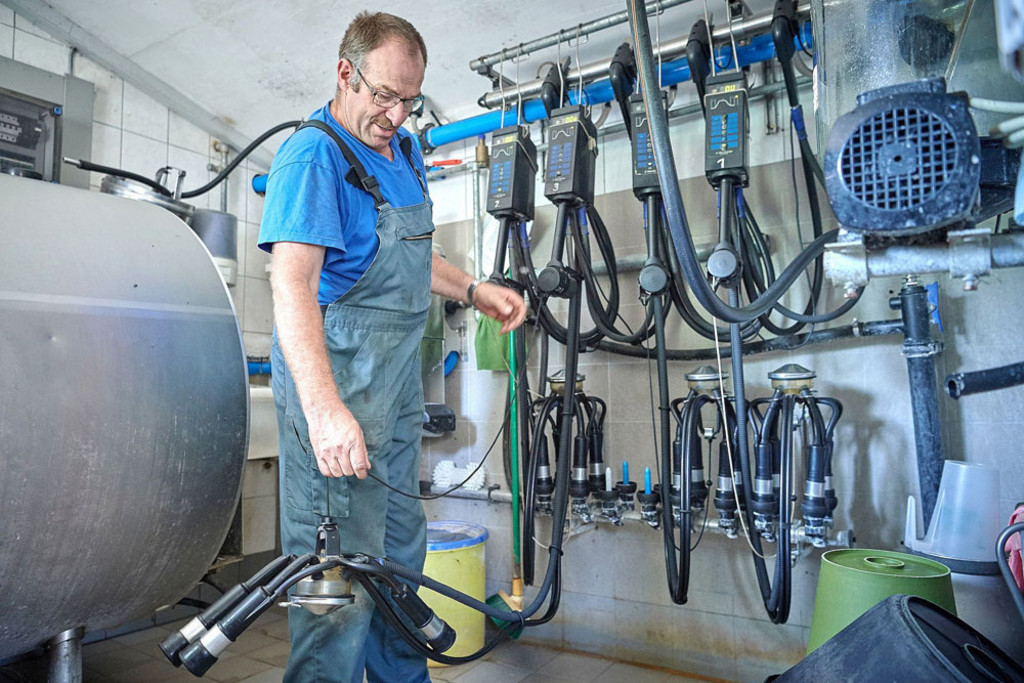



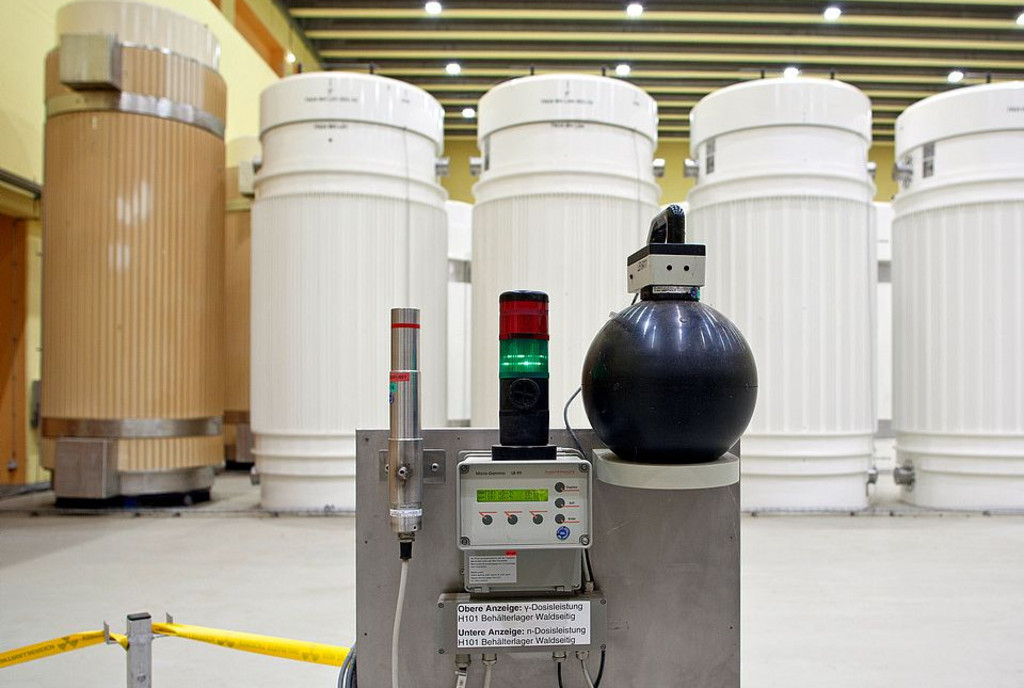
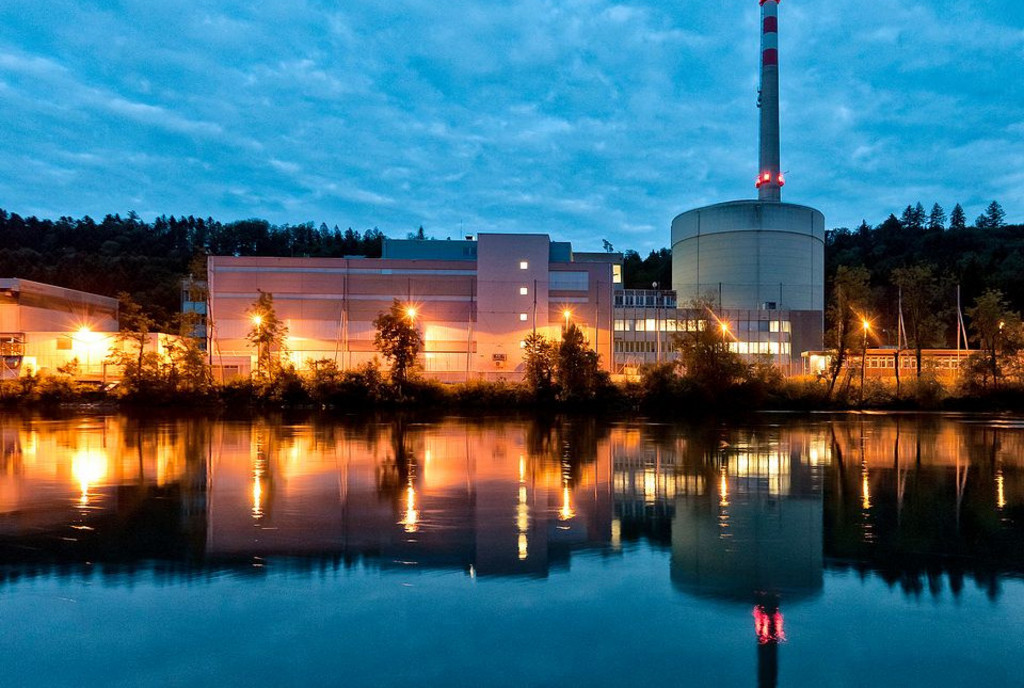
Comments
Comments :
Das Überangebot am Strommarkt verdankt sich vor allem dem extrem subventionierten Strom aus sog. "Erneuerbaren" in Deutschland. In Deutschland selbst merkt man allerdings nichts von niedrigen Strompreisen - im Gegenteil.
Die Rentabilität wird sich in naher Zukunft wieder einstellen, wenn nämlich Deutschland teuren Strom aus den Nachbarländern (Schweiz, Frankreich) mangels eigener Erzeugung kaufen muss. Schon jetzt macht die Schweiz gute Geschäfte, wenn sie deutschen Überschussstrom billig abnimmt und etwas später teuer wieder exportiert.
Zur CO2-Einsparung durch Mühleberg: Das KKW hat natürlich keine einzige Tonne eingespart. Denn es hat ja nicht ein Schweizer oder ausländisches Kohlekraftwerk ersetzt.
Was die Planung von KKW angeht, muss man auch schauen, wo diese entstehen sollen: Frankreich, China, Russland... also in Ländern, die bereits viele KKW haben. Nicht in irgendwelchen "Entwicklungsländern"... Die absoluten Zahlen sagen wenig aus.
Und die Energieversorgung der Zukunft wird ganz sicher nicht ohne Kernkraft auskommen. Es gibt grosse technische Fortschritte (Deutschland ist allerdings nicht dabei), was Sicherheit und Abfallbeseitigung angeht.
Die deutsche Energiewende zeigt, dass durch die notgedrungene Wiederinbetriebnahme von Kohlekraftwerken die CO2-Emissionen gestiegen sind.
Der Begriff 'Atomkraftwerk' wurde bis in die 70er Jahre verwendet. Dann erfanden PR-Agenturen den Begriff 'Kernkraftwerk' um die negative Konotation von 'Atom' zu vermeiden.